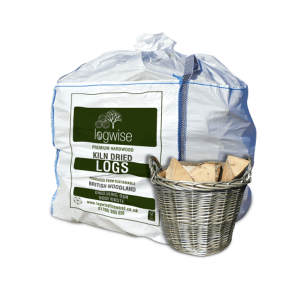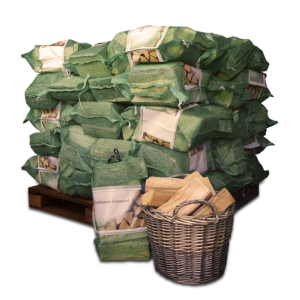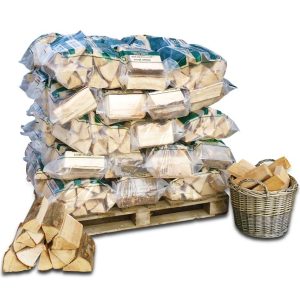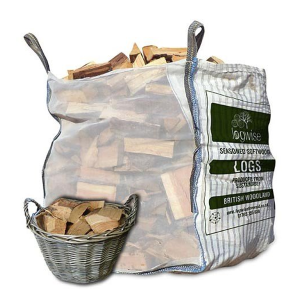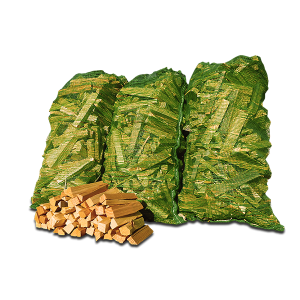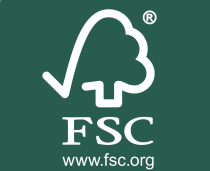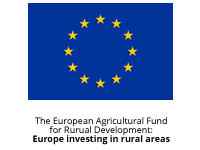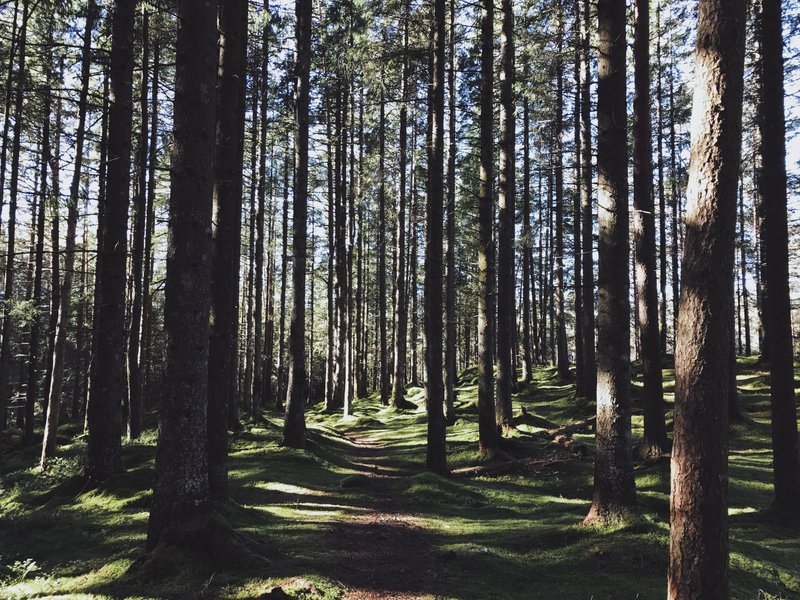
Why we manage woodland
Being environmentally friendly is a core part of the Logwise ethos.
In the decade we’ve been in business, we’re proud to have done the following things to contribute to a greener future:
- Use our waste wood as fuel in the biomass heaters that dry our wood.
- Use solar panels to generate much of our electricity on-site.
- Offset our carbon footprint by planting over half a million British trees.
- Provide continuing support for sustainable woodland management projects.
In this blog post, we’re going to take a closer look at these projects: What they are, what they hope to achieve, and how we lend our support.
What is sustainable woodland management and what does it hope to achieve?
The definition used at the EU conference on forest protection says that sustainable woodland management is human management of wooded land “at a rate that maintains their biodiversity, productivity, regeneration capacity, vitality and their potential to fulfil, now and in the future, relevant ecological, economic and social functions, at local, national and global levels, and that does not cause damage to other ecosystems.”
There’s quite a lot to unpack there, so let’s look at each thing individually:
A rate that maintains biodiversity
Biodiversity refers to the variety of life found on earth, or within a particular ecosystem. Woodlands can support rich biodiversity thanks to numerous environments that exist in equilibrium.
The Royal Forestry Society defines these as:
- Field layer: Grass, ferns, flowers, and lichens that cover the ground.
- Shrub layer: Low-growing plants and shrubs.
- Understory: Low-growing or still-growing trees.
- Canopy layer: Mature trees.
- Deadwood: Present in all layers, from dead twigs caught in branches to rotting logs on the ground.
- Veteran trees: Long-established trees.
- Open areas: Glades and other areas where natural light reaches the ground.
Each of these environments is suited to different plants and animals, so effective woodland management needs to ensure that any steps taken do not threaten this biodiversity.
A rate that maintains productivity
Forest productivity is a complex formula that looks at combined growth across all the levels mentioned previously – everything from wood to leaves and roots.
A productive woodland is one that’s able to maintain a net-positive accumulation of life, in face of natural decay (plant death), natural processes (soil erosion, etc), and human processes (timber harvesting).
A rate that maintains regeneration capacity
Woodland is able to look after itself, even after suffering large amounts of deforestation, to a point. When a certain amount of damage is done, there comes a tipping point where the ecosystem is unable to bounce back and begins to die out completely.
Sustainable woodland management aims to never reach this tipping point so that ecosystems are always able to regenerate.
A rate that maintains vitality
Vitality refers to the liveliness of a woodland. How much is living there, how well the ecosystems are able to support themselves, and so on.
There’s quite a lot of overlap between vitality and the previous few criteria, so we won’t go into too much detail.
A rate that maintains their potential to fulfil…
The full sentence here referred to potential to fulfil “now and in the future, relevant ecological, economic and social functions, at local, national and global levels.”
Basically, this is a very broad statement of intent that all woodland management efforts support and encourage natural processes (ecological) while ensuring they still provide value for humans as well (economic and social). This point acknowledges the vast and varied things woodland offers us, while also acknowledging the need for natural needs to coexist with human ones.
A rate that does not cause damage to other ecosystems
Sustaining woodland at the expense of other ecosystems would be missing the point a little bit. Effective woodland management looks to protect woods and all other surrounding ecosystems.
Woodland management is part of a wider conservation movement, and there are organisations in the UK tasked with preserving wetlands, marshlands, beaches, rivers, estuaries, and so on. Most people are motivated by a desire to protect nature in general, rather than one specific aspect of it at the expense of others.
How Logwise helps
We’re deeply invested in all of the outcomes above. Because it’s not only important for our business that woodland is sustainably managed, it’s important for the future of our world.
And we’re proud to do our part.
All of Logwise’s timber is harvested in a sustainable manner, and we work closely with estates and woodland management organisations to ensure this takes place.
Some of our timber comes from woodlands where smaller trees are felled to allow the larger trees to grow and mature. If this didn’t happen then the trees would be prevented from maturing. This creates a healthy woodland habitat and ecosystem from the ground up.
Other sources of our timber use woodland rotation, as well. This method of commercial woodland management ensures an area of wood is never clear-felled. Instead, it is felled in patches.
Because the wood is planted at different times, at intervals of several years, batches of trees are able to reach maturity at regular intervals without disrupting each other’s growth. This is important because it allows for greater biodiversity, as there is always a variation of woodland cover, ecosystems, and habitats throughout the woodland.
An area of woodland that has been felled is replanted and closely managed to allow the trees to grow and the ecosystem to develop alongside it.
Logwise has planted over 500,000 trees in a wide variety of woodland areas all over the north of England, including woodland cover near major motorways, large upland forestry plantations, pockets of woodland in urban areas and on country estates, and more.
A woodland management plan is crucial to all plantations, large and small. It requires specific criteria to be met over the lifecycle of the woodland and varies depending on the location, species planted, soil type, and purpose of the woodland.
So when you buy firewood from us, you can rest assured that the environment will not suffer.

